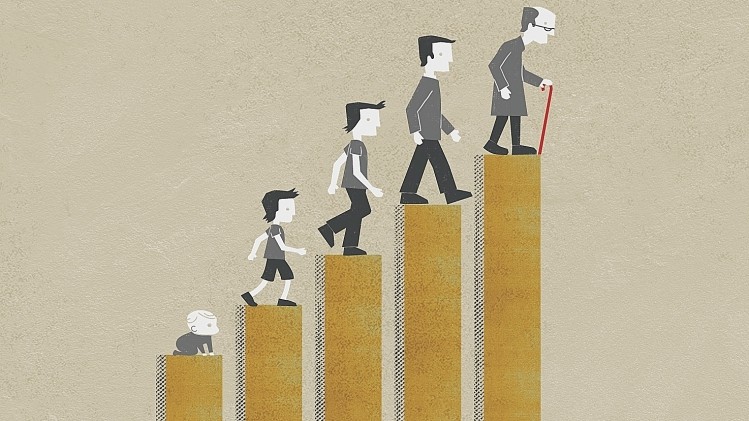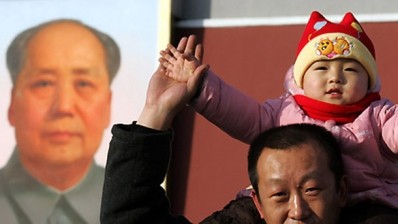Futurology
Megatrends that could throw the world into freefall

In a new book published by Australia’s science agency, CSIRO, author Dr Stefan Hajkowicz has identified seven global “megatrends” that “tell a story about how the world will change over the next 20 years”.
CSIRO has billed the book as a “tool” that can be used by businesses, governments, researchers and students to anticipate and plan for the future.
"The seven megatrends are all about the signals that lead-up to a moment of freefall. They are taking the world into new territory, creating new risks and new opportunities," Hajkowicz said.
“Moments of freefall will happen to you, your company, your society and the world. That's assured. It's not whether change will happen that matters, but when and how you respond.”
He believes the likes of stock market collapses, terrorist strikes, disruptive technology, maiden political events and the fall of governments are “relatively sudden events—when viewed over history—but they do not occur in isolation”.
“The change heralded by megatrends lies beyond our direct control but not beyond our influence. By getting a picture of how the world is changing and what these megatrends are, we can alter our destiny.”
In his book Hajkowicz looks across a number of industries to outline his premise of each megatrend pattern. We asked him how he would apply his model to the food industry.
The seven patterns include getting the most out of dwindling resources; protecting biodiversity and the environment; rapid economic growth in Asia; ageing populations and changing demographics; digital technology; changing consumer expectations; and brand new markets.
“There’s no two ways about it: The world is going to want a lot more food by 2035 than it does today. According to the United Nations Food and Agriculture Department (FAO), it’s a 70% increase by 2050,” he told FoodNavigator-Asia.
“Our growing population is increasing average daily per-capita calorie consumption rates. Diets are also diversifying as people across Asia increase their intake of meat, fish, dairy, fruits and vegetables. Supplying global food demand represents a huge opportunity for farmers and agribusiness in Asia-Pacific.”
“Asian countries are great food producers, whereas the opportunity for Australia might lie via secure and reliable supply chains providing regular high quality product. An increasingly large market share will be won by proving provenance."
“Food consumers of the future are increasingly interested in where the contents of their shopping trolleys came from.”
- Global Megatrends: Seven Patterns of Change Shaping Our Future, by Stefan Hajkowicz, now available in book shops and online, $35.00, paperback, 216pp, ISBN: 9781486301409.














